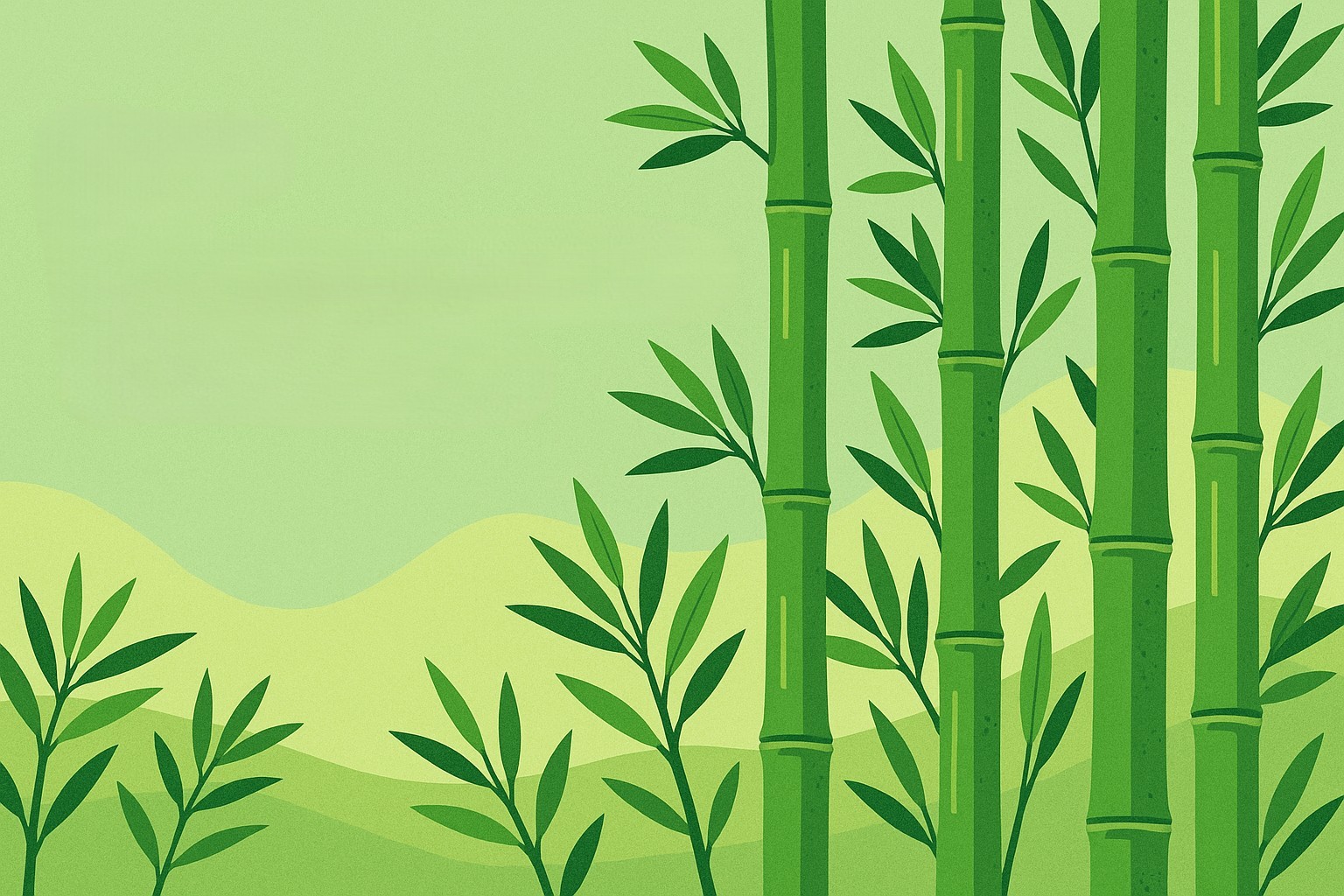Growing Stronger Exciting New Improvements in Bamboo Development

Bamboo, already known for its versatility and resilience, has seen significant improvements in recent developments that enhance both its functionality and sustainability. From better construction-grade treatments to more refined processing methods, these advancements are pushing bamboo into new realms of usability. Whether in architecture, product design, or eco-friendly alternatives, bamboo is proving itself as a forward-thinking material for the modern world.
One of the standout improvements is the development of heat and chemical treatments that increase bamboo’s durability and resistance to pests and moisture. This means bamboo can now be used more effectively in outdoor structures and humid environments without compromising its lifespan or strength. These innovations make bamboo a viable alternative to traditional hardwoods while maintaining a lower environmental impact.
On the design front, engineered bamboo products are becoming more refined, offering greater uniformity and strength. Laminated bamboo panels and strand-woven boards are now competing directly with hardwood flooring and composite materials, boasting improved aesthetics and long-term durability. The smooth finishes and customizable textures are drawing attention in both commercial and residential projects worldwide.
Additionally, cultivation practices have been optimized to make bamboo farming more sustainable and efficient. With smarter land use, better harvesting techniques, and quicker regeneration, bamboo is now one of the most renewable resources available. These enhancements not only support the environment but also empower local economies that rely on bamboo production.
In essence, the latest improvements in bamboo development are transforming it from a traditional, humble material into a modern innovation powerhouse. Its growing popularity is backed by both performance and eco-responsibility, making bamboo a key player in shaping the future of sustainable living.
